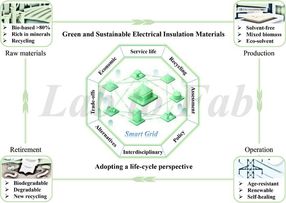Releasing reactive oxygen from nanoparticles
Advertisement
Research describes the synthesis of nanoparticles that release singlet oxygen when a laser beam is shone on them. The nanoparticles could improve the effectiveness of photodynamic therapy, a treatment for some cancers.
Photodynamic therapy is based on the combination of oxygen, light and photosensitiser molecules under the right conditions to generate a short-lived oxygen species called singlet oxygen, which is toxic to cells. Photodynamic therapy normally requires oxygen to be present in the target cells, but cancerous tumours often contain much lower oxygen levels than healthy tissues.
Scientists in Canada have developed a photodynamic therapy system that does not rely on oxygen being present. The researchers anchored anthracene endoperoxide ligands onto the surface of gold nanoparticles. Exposing the nanoparticles to pulsed laser light induced a photothermal effect that produced enough heat to break the endoperoxide bonds and release singlet oxygen.
The scientists are now working on a way to make the nanoparticles water soluble and compatible with cellular conditions for in vitro testing.
Other news from the department science

Get the chemical industry in your inbox
By submitting this form you agree that LUMITOS AG will send you the newsletter(s) selected above by email. Your data will not be passed on to third parties. Your data will be stored and processed in accordance with our data protection regulations. LUMITOS may contact you by email for the purpose of advertising or market and opinion surveys. You can revoke your consent at any time without giving reasons to LUMITOS AG, Ernst-Augustin-Str. 2, 12489 Berlin, Germany or by e-mail at revoke@lumitos.com with effect for the future. In addition, each email contains a link to unsubscribe from the corresponding newsletter.




























































